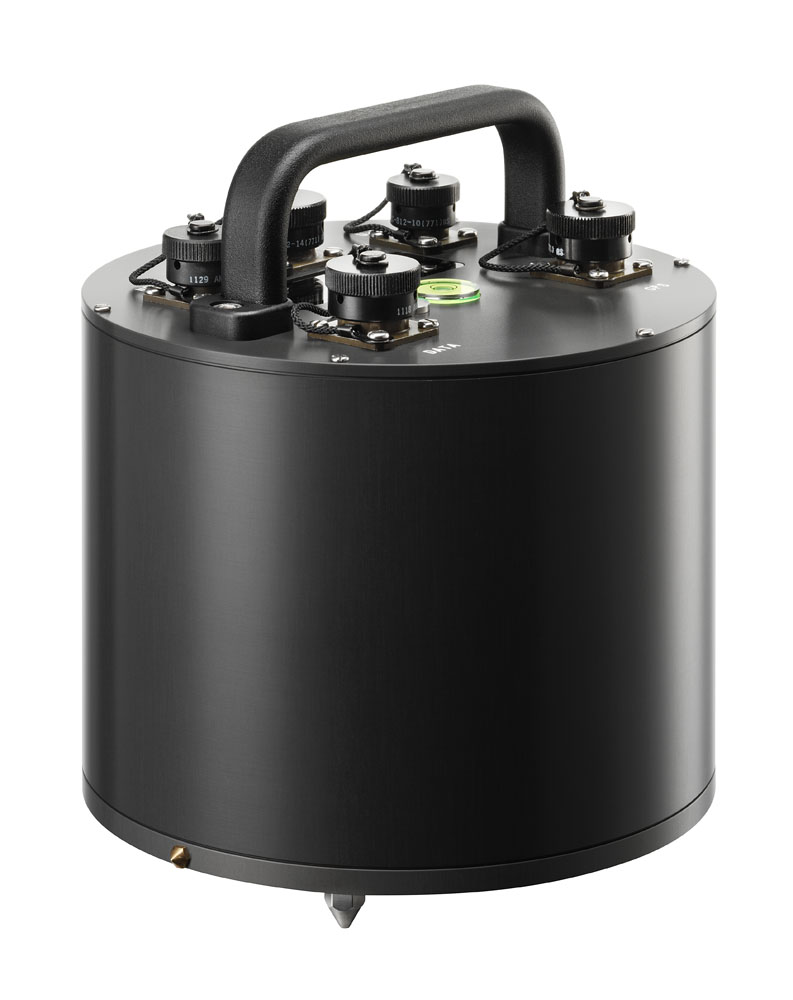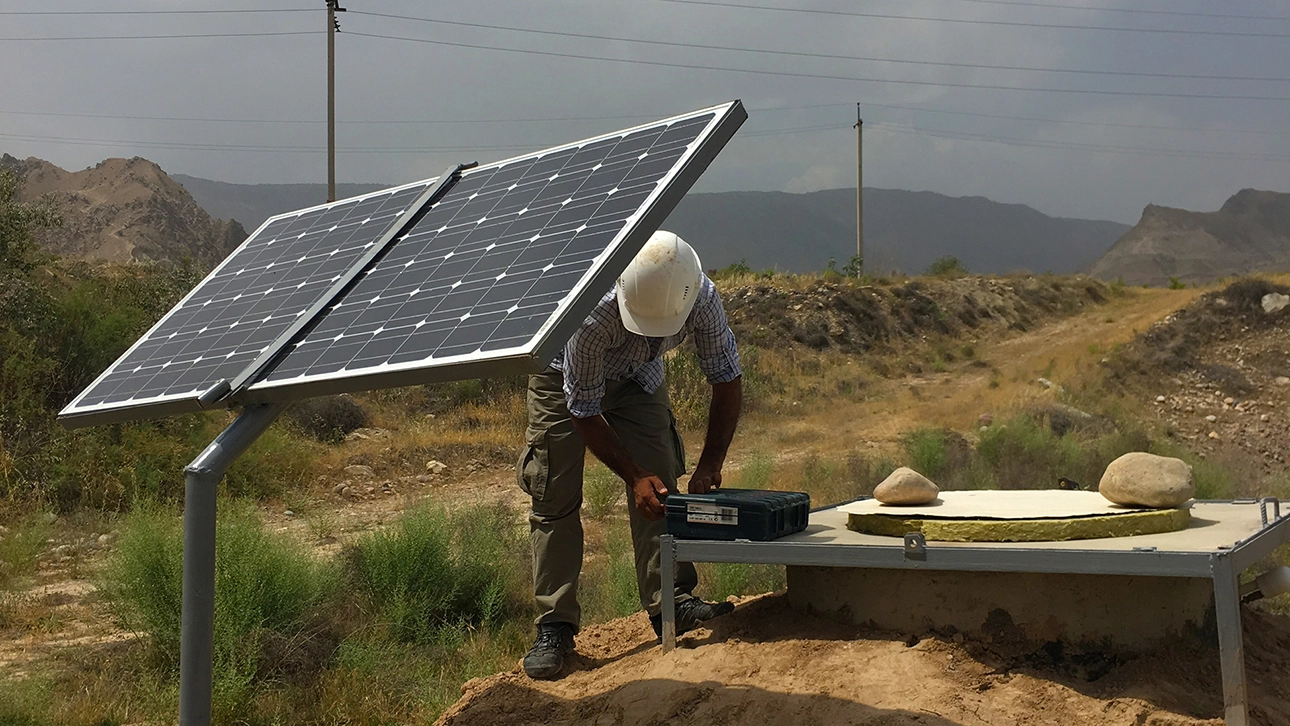Monitoring Seismic Activity at Sangtuda Dam, Tajikistan
The Sangtuda HPP-1, located on the Vakhsh River, 160 kilometres south of Dushanbe in Tajikstan, has the ability, when at full output, to supply 12% of the country’s electricity demand. The dam lies in a seismically active zone which has experienced frequent earthquakes in excess of M0 6.0. Güralp supplied 14 digital accelerometers; 5TCDE and 2 digital broadband seismometers; 6TD which transmit real-time data for Alarm System and later analysis. 5TCDE and 6TD were chosen for their ability to overcome field and network limitations due to their compact build. Network Module NAM was also supplied in order to provide control for NTP timing and for Traffic Light Alarm System.
Background
Construction commenced during the Soviet period in the 1980s but was not completed until 2009. Due to the risk of earthquakes causing structural damage to dams and widespread flooding downstream, it is important for strong motion accelerometers to be installed to measure vibrational response of the dam to nearby seismic events. In addition, stations in the near and free-field, can show input motion from earthquakes without being affected by the dam itself. During the summer, Tajikstan produces a surplus of energy which it sells to neighbouring countries.

Map showing the location of the Sangtuda Dam and Sangtuda 1 Hydroelectric Power Plant, indicated by the red star.
Güralp solution
Fourteen digital accelerometers 5TCDE* were deployed across the dam to monitor the vibrational modes in response to both nearby and long distance seismic events, in order to identify the effects of seismic activity on the structural integrity of the dam. The 5TCDE was the ideal choice to implement into the dam due to its compact build with a large dynamic range and its ability to store data if the transmission network is interrupted. The 6TD was chosen for monitoring seismic activity away from the dam due to its portability, enabling it to be transported to remote locations, and for its ability to store data in its internal memory.
Güralp also supplied a custom-designed Traffic Light Alarm System for use in the central data centre of the dam. Software for the alarm system was developed and optimised during installation on the dam remotely by Güralp technicians and engineers. One of the key features of the system is the transmission of data via fibre optic cables to overcome signal degradation over long distances that would be experienced with copper-based cabling. Timing for each station is supplied via Network Timing Protocol (NTP) using a single master GPS antenna and Network Acquisition Module at the central data centre, as the majority of stations are unable to receive GPS signal due to their position within the dam.
Güralp also supplied a custom-designed Traffic Light Alarm System for use in the central data centre of the dam. Software for the alarm system was developed and optimised during installation on the dam remotely by Güralp technicians and engineers. One of the key features of the system is the transmission of data via fibre optic cables to overcome signal degradation over long distances that would be experienced with copper-based cabling. Timing for each station is supplied via Network Timing Protocol (NTP) using a single master GPS antenna and Network Acquisition Module at the central data centre, as the majority of stations are unable to receive GPS signal due to their position within the dam.

5 Series Digital Seismometer
Outcome
The system at Sangtuda HPP-1 became fully operational on 14th June 2018. However, during the test period, seismic monitoring systems were able to detect earthquakes before full system integration. At 10:41 GMT on 9th May 2018, at the border between Afghanistan and Tajikstan, an earthquake struck of M0 6.7. Figure 5. shows the waveforms from this event recorded by the station which is installed on the top of the dam. The dam is now fully networked for monitoring structural responses to future events.
Waveforms from the event on the 9th May 2018
*The 5TCDE instrument has been superceded by the Fortimus which is integrated with the Minimus digitiser and features flexible gain options, advanced data communications capabilities and an ultra-low-latency data transmission mode, ideal for early warning applications.
You can find out more about the Fortimus here.
You can find out more about the Fortimus here.






